Blog
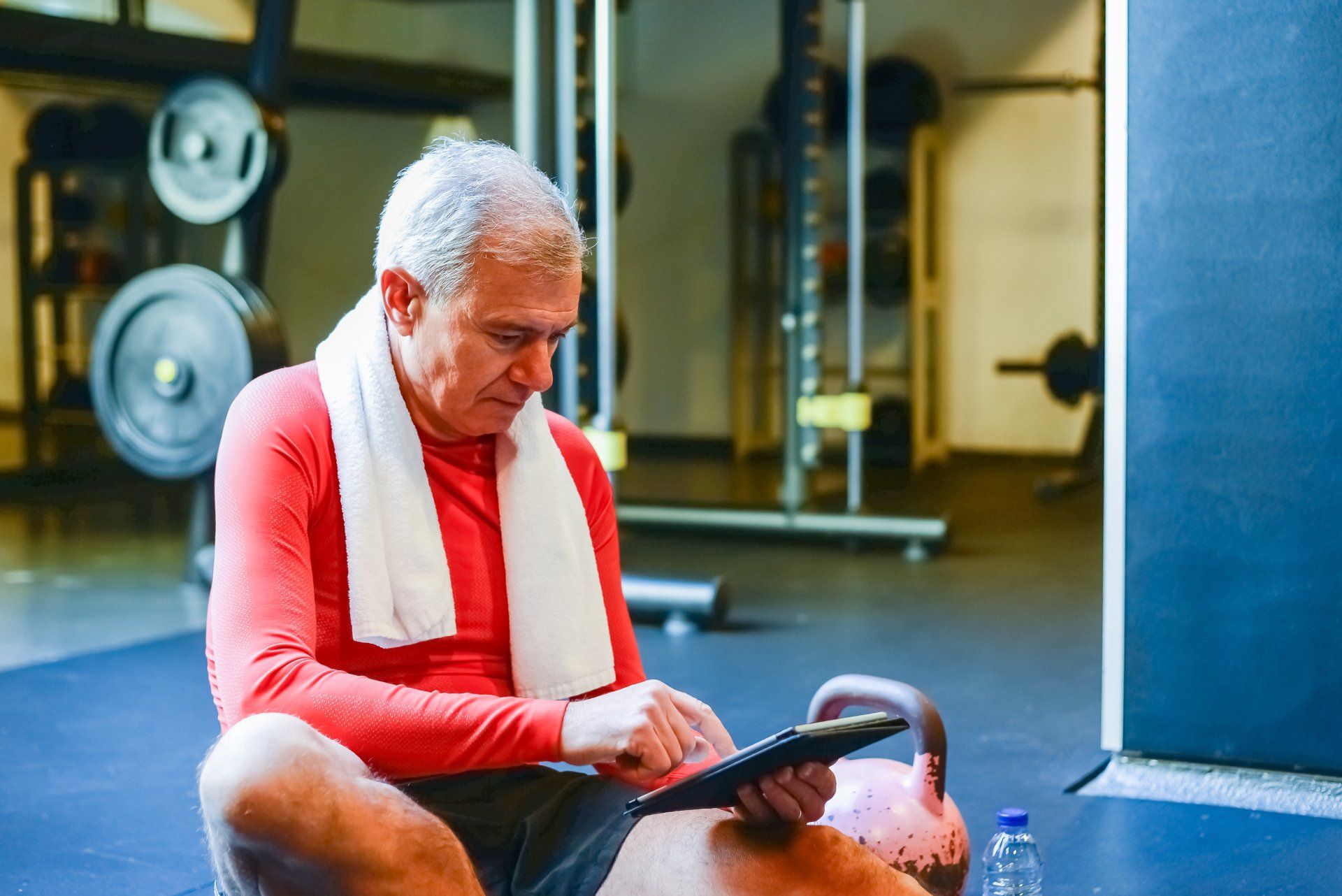
By Nicholas Antonio, PT, DPT, CSCS
•
January 23, 2022
Overview Aging is an inevitable part of life and the biological changes that naturally occur as we age make us more vulnerable in a number of ways. Even in the absence of chronic disease, aging is associated with decreases in skeletal muscle mass, strength, and function. These changes increase vulnerability to injury. Strategies for both prevention and treatment are necessary for the health and well-being of older adults. Benefits There are numerous benefits to strength training throughout life, but those benefits are even more critical as we age. Some of the most important benefits include: 1. Building Strength 2. Maintaining Bone Density 3. Reducing Risk of Falling 4. Maintained Independence 5. Improved Mental Health People often have other forms of exercise that they participate in, but research demonstrates that strength training is superior to walking, swimming or bicycling for all of the benefits listed above. Obstacles Often, as we age, other health issues arise, and barriers to exercise is a common complaint heard in the clinic. It is important to understand that people with health concerns often benefit the most from an exercise program. Those conditions that exercise benefits includes: Arthritis — Reduces pain and stiffness; increases strength and flexibility Diabetes — Improves glycemic control Osteoporosis — Builds bone density; reduces risk for falls Heart Disease — Reduces cardiovascular risk by improving lipid profile Obesity — Increases metabolism; burn more calories Back Pain — Strengthens back and core muscles to help support movement Exercise Prescription If you are new to exercise, a good rule of thumb with regards to exercise prescription is shown in the chart below:

By Patrick Neary PT, DPT
•
November 9, 2021
One of the most difficult aspects of exercise is finding a convenient time to spend 2.5+ hours of activity during our schedule every week. We’re busy people! Outside of 40+ hours of work per week, many of us have kids, pets, side-jobs, and friends that we are obligated to spend time with. These priorities of family, fun, and work often exceed our desire to exercise. And guess what… That’s OK! We must recognize our limitations in order to find the best way to fit exercise around our lives. But being “too busy” is never a good excuse unless you’re a new business owner or a new parent. The issue isn’t not having time, the issue is exercise is not prioritized over other aspects of your life. So the question becomes: How can we use exercise as a catalyst to improve our lives with work and family, rather than a barrier that takes us away from our obligations? Here’s how: 1. Set a frequency and duration that is suitable for YOU Think about your schedule and determine what days and times you typically find yourself on your phone, watching TV, or stalling in a certain way. That is time that work, fun, and family priorities have been met. A perfect opportunity for you to improve your body and mind. 2. Exercise your entire body Having a plan that works out major muscle groups throughout the body for each session can be very beneficial for the person who can only get to the gym 2-3 days/week. Not only will you set yourself up to dominate your goal of hitting the gym 2-3 days per week, but you’ll be hitting multiple muscle group multiple times every week which will maximize your time efficiency. 3. Expect to have off weeks The most difficult part of the plan is sticking to the plan. Give yourself credit after your exercise sessions because you just did a great thing for your body, mind, and life. And don’t be harsh on yourself when life gets in the way. There will be weeks that exercise is put on the backburner because of your priorities of family and profession. When these weeks occur, take them in stride, and get back on the saddle as soon as you can make time again. 4. Exercise is exercise Whether you lift, run, dance, stretch, or play basketball. Find a variety of activities that you enjoy. The ultimate goal is to be able to perform activity for life ! When exercise becomes a top priority, changes will occur . Your arms will start to get cut, your butt will become firmer, and that back pain that lingers from inactivity will fade away. Your mood will improve, your ENERGY will return, your sleep will be deeper, and you’ll be as productive at the end of the week as you are at the beginning of the week. Stairs won’t leave you out of breath, you can play on the ground with young family members without getting cranky knees, and you will begin to feel like a younger you. This probably sounds too good to be true. But as PT’s, we see these major changes with our clients every day . Make a commitment to exercise and you will feel and see changes
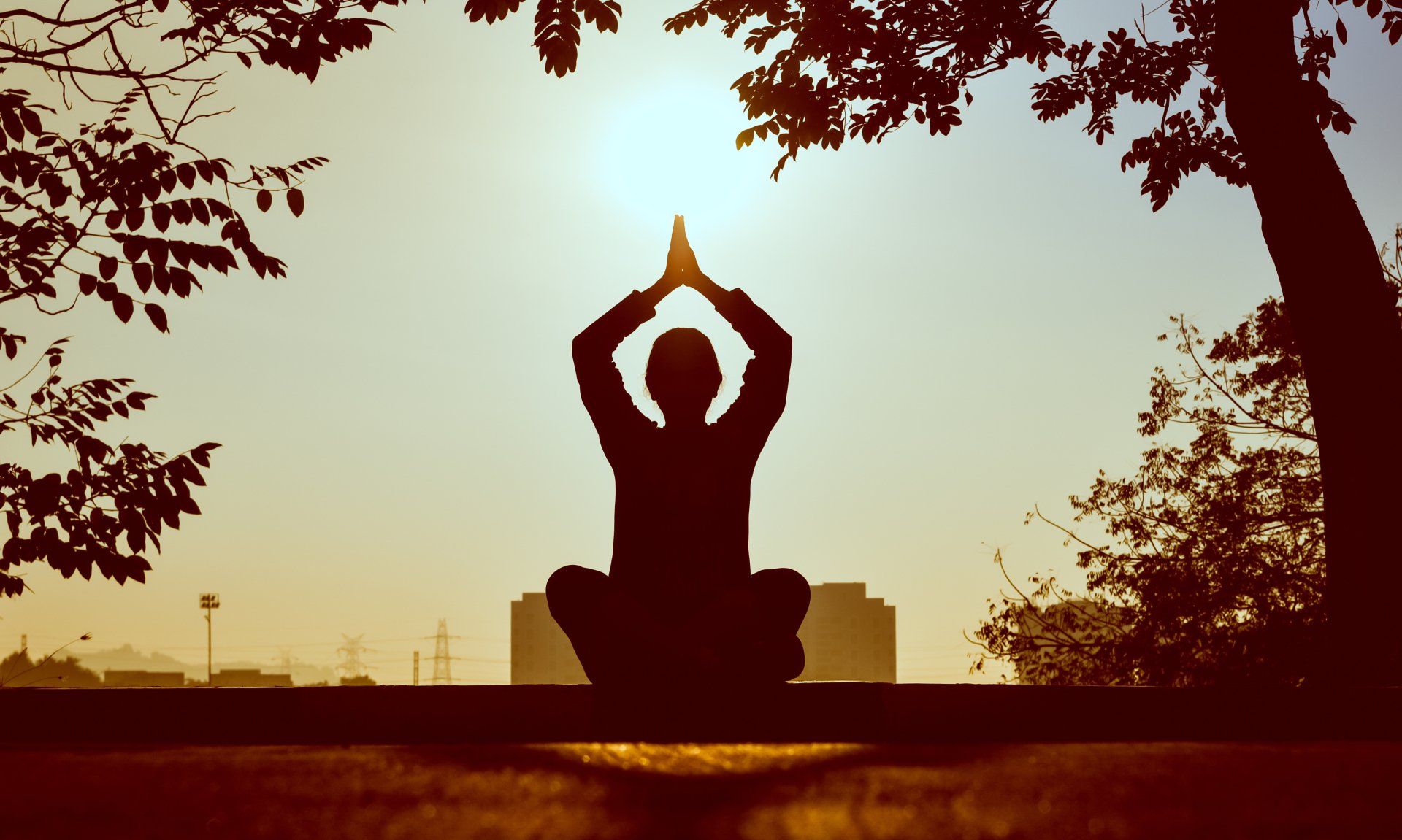
January 29, 2021
Mental attitude, outlook, and positive habits are important factors in reaching goals in all phases of life. Whether you are training for an athletic competition, looking to advance in your profession, or looking to get relief from chronic back pain, what you think is just as important as what you do. Many people want to make changes to improve overall health, but struggle to get started and sustain progress. Let’s take a look at three actions that can be implemented to strengthen your mind, and get your brain in a place where it can lead your body to success. Make your bed : Okay, I know what you are thinking, “What does this menial task that brings back memories of my mother yelling at me to finish my chores have to do with a healthy lifestyle?” This small activity can have a profound impact on your day, however. Every single day we face a multitude of challenges. Some large such as completing a sale to a high profile client, and some small such as putting your sheets and covers in order. While the act of making your bed probably won’t matter much, it's the decision to take on the first “challenge” of the day and come out victorious that sets the tone for how the rest of the day will progress. Excellence is a habit, not an act. And building a positive habit takes practice. If you say “yes” to making your bed, you can say “yes” to cleaning out your inbox. If you say “yes” to cleaning out your inbox, you can say “yes” to going to the gym or performing your physical therapy exercises. All of these decisions lead to healthy habits, and it starts with looking and your messy bed first thing in the morning, and deciding how you want your day to go. Reframe for Gratitude : How we look at life has a profound impact on what we do and how we feel. You may have heard the Charles Swindoll quote that, “Life is 10% what happens and 90% how you react to it.” A consistently negative thought process can lead to all kinds of health issues, including chronic pain. Did you know that one of the strongest predictors to how long your back pain lasts is how unhappy you are at work? A lot of this can be adjusted by what you focus on. If you have a big budget meeting that you are dreading tomorrow, starting the process of stress and worrying today can lead to a day of poor digestion, irritability, and altered sleep. None of this is good for your health. Certainly prepare and be ready for any events in the upcoming week, but try not to perseverate on them. Try this little trick. As you mentally prepare and think about what the next day has in store for you, think about something that makes you happy. Instead of dreading going to work and having a meeting with your boss, be grateful that you get to watch your son or daughter play soccer after the day is over. Focusing on a positive part of the day instead of dreading a negative can have a big impact on health. By no means is this easy, and some days will be much harder than others, but practice makes perfect. Get lost...in a good way : No matter who you are or what you do, the stressors of life will inevitably come knocking on your door. Work, family, financial, and relationship stress can all add up and affect your mental well being. Having a safe and healthy way to “get out” of your head and do something that makes you feel good is a vital coping mechanism. The options are endless. It can be formal such as going to the gym, writing in a journal, meditating, or practicing yoga. Or it can be informal, such as taking a walk, going for a drive, or taking a minute to listen to your favorite song. Finding a way to release stress will help prevent excessive cortisol buildup in the body, and make you feel just plain good.

September 8, 2020
The address to the golf ball is the start in the sequence to actually swinging the club, so if there is a problem here, the whole is swing can be a set-up for failure. It's easy to check your set-up posture at home! Just stand next to a full-length mirror and hold a 7-iron as if you were going to hit a shot. Take a look at the mirror and compare yourself to the pictures below.

August 28, 2020
There are many different adaptations and differences in hip structure that will dictate the most successful position for someone to squat in. One reason why hip (and shoulder) structures vary is due to something called femoral (humeral in the shoulder) retroversion. Retroversion can happen when rotational load is placed on bones before growth plates close (like kicking in soccer or throwing in baseball) causing a NORMAL adaptation in the bone. This adaptation is good for the athlete because it allows for more torque to be created and results in faster throwing/kicking speed. What it LOOKS like is a greater proportion of range of motion into external rotation (ER) vs internal rotation (IR) at either the hip or shoulder joint. The LAST THING we need to do for these people is “stretch” to gain back IR because at that point the limitation is boney structure and not soft tissue. Bones don’t stretch. Instead, we need to use optimal start positions based on individual anatomy. Now- there are some instances where retroversion isn’t great and we will see the kneecap is rotates outward relative to the hip. This can be due to congenital deformities or poor healing after a fracture. The medical “cure” for this is a femoral osteotomy where the femur is cut, “de-rotated” and a rod is inserted to hold the bone in place. This is a route that we typically see with a younger athlete who has chronic pain points that don’t go away with therapy and strength training. The people who get forced into dogmatic exercise positions are the ones who end up in my office with labral tears and rotator cuff tears/impingement. This is why respecting anatomy, assessing when needed and individualizing programs is so important.

February 27, 2019
Most people don't have the time or desire to go to the gym every day, and many people simply find the thought to be daunting. Instead of worrying about gym memberships and overwhelming facilities, simply take a quick walk first thing in the morning. Walking in the morning on a regular basis will result in multiple health benefits and it is sure to enhance not only physical health but also mental and emotional well-being. Curious about whether an early-morning stroll would help your health, energy, and overall well-being? Take a look at the following few points and decide for yourself. Walking gives you the energy to start your day We've discussed in a previous article how drinking 12 to 18 ounces of water first thing is a great way to get an energy boost, but did you know that taking a brisk walk in the morning will help to quickly activate your body's systems? Your pulse rate rapidly increases, perspiration begins to flow, and you suddenly feel a level of alertness about yourself and your environment. Circulation and hormonal balance improve while your feeling of mental sharpness and general refreshment skyrocket. Ironically enough, by using energy to exercise, we actually become more energetic. Once we begin walking in the morning, this improvement in mood may last throughout the entire day. I don't have time, I'll do it later. One problem many of us generally face with exercise is procrastination, which can lead to total avoidance of the exercise we so desperately need to achieve better health. Walking in the morning creates a healthy routine that we will start to do without going through the endless mental process of questioning whether or not you “feel" like exercising. Lower the risk of diabetes Diabetes is one of the most predominant lifestyle-related diseases these days. But you can tame this metabolic disorder with a simple brisk morning walk. According to research, a 30-minute morning walk can help improve blood sugar control as well as aid the management of insulin in Type II diabetes. It allows the cells in the muscles to use up more glucose, helps burn body fats that are not needed, and also aids in improving the Body Mass Index (BMI). This benefits diabetics immensely. Prevents Arthritis and Osteoporosis Leading an inactive life has many negative effects on the body, including stiff joints. The stiffness of joints can further lead to the development of the symptoms of arthritis. Recent studies suggest that moderate, vigorous physical activity, such as walking for five days or more in a week, can help relieve arthritis pain and stiffness and give you more energy. Moreover, women are prone to losing bone density and developing osteoporosis. Walking gently exercises the joints and strengthens them along with improving bone density. Controls Cholesterol The body needs a certain amount of cholesterol to maintain optimum health and build cell membranes. However, there is a greater risk of heart problems when there is an excessive amount of blood lipids, especially when they are in the form of LDL cholesterol. At the same time, low amounts of HDL can also be harmful. Following an active lifestyle and including activities like walking is an excellent way to make sure the levels of cholesterol in your body are regulated. Protects Against Atherosclerosis Atherosclerosis is a condition that is caused by arteries that are blocked due to plaque or LDL cholesterol depositions on the arterial walls. The block occurs in the inner walls of arteries in organs such as the brain, kidneys, heart, and legs. Blood flow gets restricted, and the circulation of blood does not occur properly. Regular morning walks can protect you from this condition and make sure that blood flow and circulation are not restricted. Start the day well, end the day well. You have to wake up early for your morning walks so you want to make sure you're getting a good nights rest. What can help you achieve a good nights rest? You guessed it, a brisk morning walk. A study was done that showed that walking greatly helped reduce the time it took participants to fall asleep and helped chronic insomniacs get more hours of rest than they would have otherwise. In fact, it's been shown that a 7am walk can lead to a 75% increase in deep sleep. Of course, sleep also influences exercise. So, walking and snoozing pretty much go hand in hand. A restful night recharges your body and makes you more motivated to stick with your routine. Ever try exercising when you're exhausted? It's not an easy thing to do. So there you have it, just a few of the many advantages and benefits of incorporating a morning walk into your daily routine.
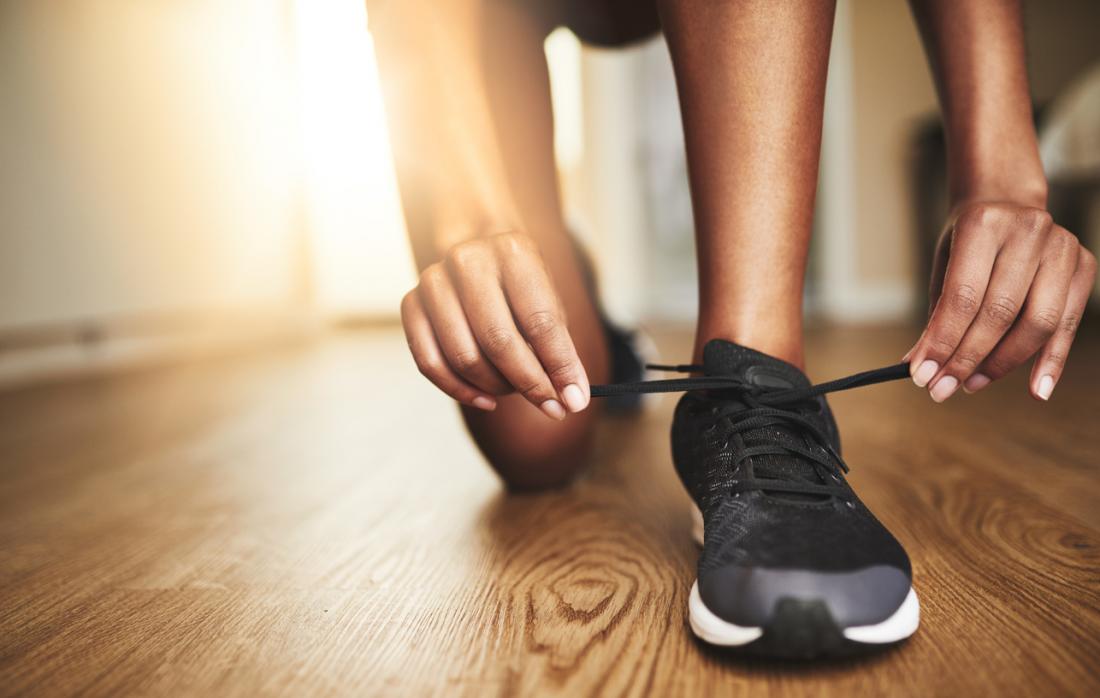
February 21, 2019
Whether you are cramming for an exam or simply want to give your memory a boost, doing some physical exercise straight after a learning session may be of great help - if you are a woman, that is. A new study published in the journal Cognitive Research: Principles and Implications shows that just 5 minutes of light physical exercise following a learning session improves memory in young women. The study's first author is Dr. Steven Most, of the School of Psychology at the University of New South Wales in Sydney, Australia. He and his team conducted four experiments that included a total of 256 participants. In the first experiment, 74 undergraduate students - 38 women and 36 men - aged 19.9 years, on average, were divided into two groups. One group engaged in 5 minutes of low-impact cardio exercise (such as step exercise) before a learning phase that involved remembering name-face pairs, while the other group engaged in another, non-exercise activity. After 24 hours, the researchers tested the participants' memory of their previous learning phase. The same conditions were repeated but with 5 minutes of activity after the learning phase. In the second experiment, Dr. Most and team wanted to see if the "post-learning" exercise benefits noticed in the first experiment would be replicated if they eliminated sleep as a possible consolidation phase. The memory test was therefore administered on the same day as the learning phase. The researchers also altered the non-exercise activity. In the third experiment, the researchers replaced the face-name association task with one that involved abstract shapes. The reason for this was that some studies have previously suggested that emotional material such as face stimuli may be more easily remembered than neutral material. Exercise boosts memory retroactively By this point, the researchers noticed that women who engaged in mild physical activity after learning performed considerably better in memory tests than the women who did not exercise. "The effect came into play only after participants had studied the material, meaning that it retroactively boosted learning of the material," says Dr. Most. In fact, the effect was at its strongest in the first experiment. For this reason, the researchers tried to replicate the first experiment in a fourth one, wherein the conditions remained largely the same but the non-exercise activity differed. The fourth experiment further validated the beneficial memorial effects of exercising after learning. "But mysteriously," says Dr. Most, "this effect did not emerge among men in any of the experiments." "It's unclear whether this is a true sex difference or whether there was something about the experiment's conditions that allowed the effect to emerge among women and not men." A potential bias in the study, Dr. Most says, might have been the fact that in the three of the four experiments that involved facial recognition and name-face association, the faces were all male. Dr. Most thinks that it is possible that females reacted better to male faces and that conversely, men would have remembered the names better if they had been exposed to female faces. The study's first author comments on the significance of the findings. "Some schools are under pressure to cut back on recess in order to increase time in the classroom, but it may be that encouraging physical activity breaks at several points during the day can actually help with the retention of classroom learning." - Dr. Steven Most But "more research needs to be conducted to conclude that with certainty," he cautions. "There is also scope for further study to understand how much exercise is optimal, how long before or after learning is most effective, and who benefits most."
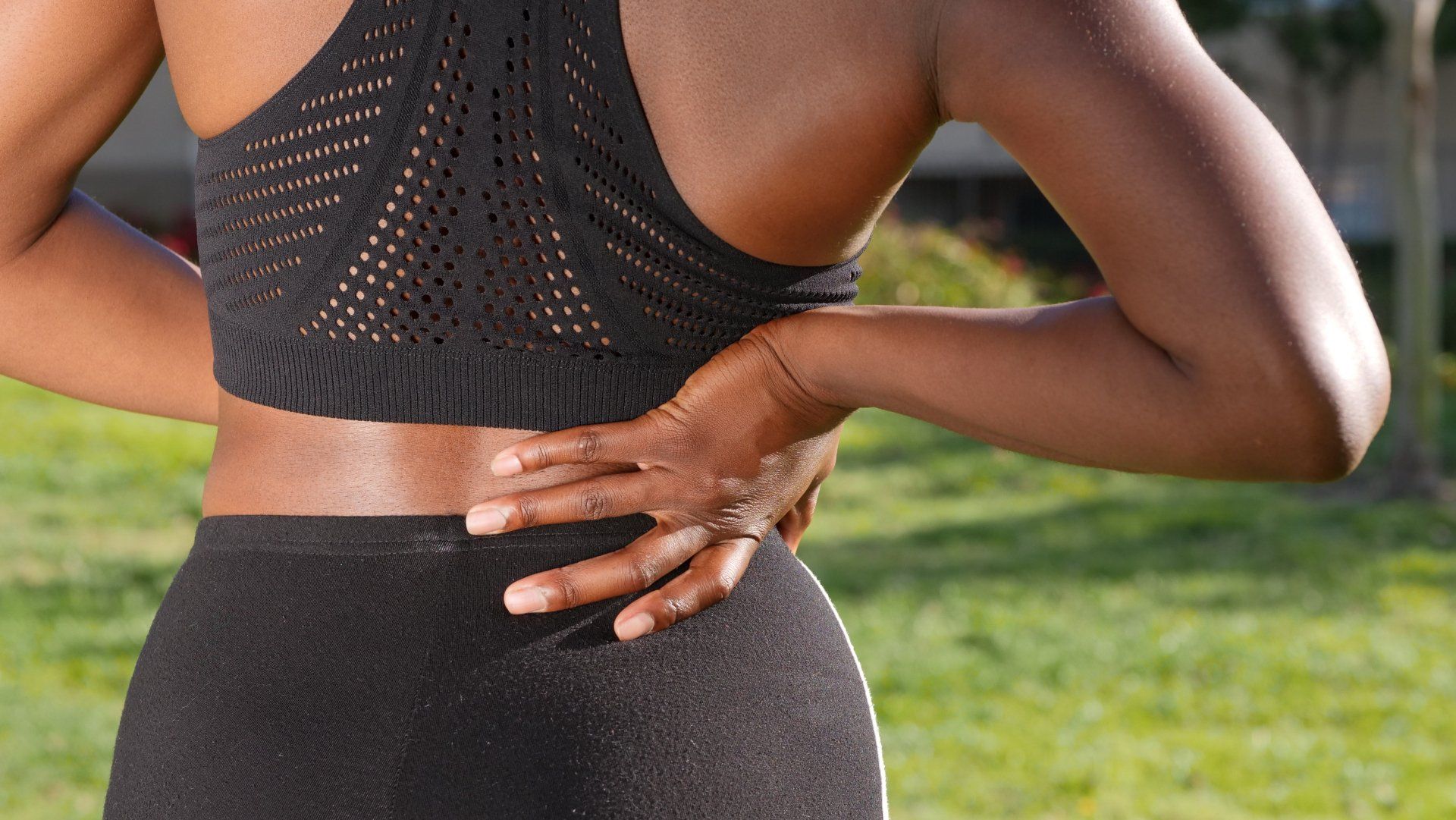
January 23, 2019
Despite a growing abundance of good resources related to injury prevention, sports injury rehab , and proper movement, there are still far too many well-accepted myths related to sports injury recovery. These myths often give physical therapy patients unreasonable expectations about their recoveries, and they may even lead some people to make matters worse. To help uncover the truth, we’ve compiled some of the most common rehab myths for you. There is a standard "cure" for most causes of back and neck pain. Compared to other medical conditions, there are relatively few standardized approaches to diagnosis and treatment of back problems. Spine specialists from various areas of expertise (such as physical medicine and rehabilitation, chiropractic, osteopathic medicine, physical therapy, and surgery) will often disagree on the diagnosis and most appropriate treatment plan for back pain and back problems, and specialists within a discipline will also frequently have different opinions. A few diagnoses for back pain as a result of back a back problem are relatively straightforward (such as a spinal tumor, infection, or fracture) and there is generally more consensus for diagnosis and treatment of these back problems. Rest is the key to recovery from back pain and back problems. The two main reasons bed rest may be recommended for back pain are to reduce pressure on the discs in the spine and to stop the mechanical stresses that are irritating pain receptors. A short period of bed rest may help reduce acute back pain. However, in most instances, more than 1 or 2 days of rest can be detrimental to recovery from back pain, potentially leading to increased pain and other adverse results, such as: Muscle atrophy (1% to 1.5% per day) Cardiopulmonary deconditioning (15% loss in 10 days) Bone mineral loss Risk of blood clots Loss of wages Creating an "illness" mindset. Adolescents or young adults who experience low back pain do not have to worry about chronic back problems. Chronic low back pain is one of the highest costs to our medical system today. Poor exercise and lifting habits start early and contribute to movement dysfunction throughout our lives. If low back pain is initiated at a young age, the likelihood of developing a chronic issue into adulthood is very high. Treatment and training for proper body mechanics are important at this stage and should be discussed early on in the course of pain. You will never get back pain because you are active Unfortunately, this is not true. Even with exercise, there is no guarantee. Even good sportsmen can suffer from or get occasional back pain. But if you stay in good shape, pain episodes can be less intense and less frequent. If back pain reoccurs constantly, then you should better see a medical professional. Generally, it is recommended to stick to an exercise program, including strength training and stretching for all muscle groups as effective prevention against back pain. See our video library for suitable exercises to strengthen your back muscles, improve posture and reduce back pain. No pain, no gain! Training around injuries can be useful and even necessary for competitive athletes. Training through pain, however, isn’t a great idea before an injury — and it’s a horrible idea once a tissue has been damaged. Pain is the body’s warning sign, and pushing through it will lead to dysfunctional motor patterns and possibly even chronic pain that lingers after the injury is healed. A better solution is to help patients distinguish necessary discomfort from harmful pain. I should always sit up straight, then I'll be fine No. Sitting straight in your office chair all the time will only lead to one-sided use of your muscle groups. Dynamic sitting, i.e. moving frequently during work, is the right approach to prevent lower back pain. Try this lower back exercise, tailor-made for office workers, to reduce discomfort in the lower back. Stretching is a cure-all for tight muscles. Common advice for a tight muscle group is to stretch it harder, more frequently — or both. While stretching can be useful, however, muscles usually get tight because they’re working harder than they should be, or in ways that they shouldn’t be. If improper movement or misaligned bone structures are causing the tightness, then stretching will only serve as a temporary fix — one that likely won’t prevent more serious injuries. When an area hurts, that area is where your problem is. Laypeople often think in terms of muscles and body parts — but no structure works in isolation. A non-painful dysfunction in your hip might lead to a postural problem that causes shoulder pain, for example. Treating the shoulder may provide temporary relief, but until you address the hip issue, your shoulder pain will keep flaring up. Surgery is your only option Depending on the injury, physical therapy may be just as effective as surgery, if not more so. Full ruptures and fractures require operations, of course, but partial tears and minor degeneration can often heal on their own with a little coaxing from the right modality equipment.

January 4, 2019
Regular exercise and a healthful diet are key to maintaining good health. Now, a new study sheds light on how the former affects the latter, after finding that physical activity could alter men's diet preferences. The diet preferences of women, however, are likely to remain unaffected by exercise, according to the findings. Study co-author Jenna Lee and colleagues from the University of Missouri in Columbia recently reported their results in the journal Behavioural Brain Research. The effects of exercise on diet have long been of interest to researchers, and previous studies have indicated that physical activity can encourage us to make more healthful food choices. But Lee and team note that few of these studies have investigated how the dietary effects of exercise might differ by sex. "Our team wanted to make every effort to study female perspectives on how exercise affects diet because most other studies neglect females," says Lee. "We wanted to take a look at what drives diet preference and if environmental factors, such as physical activity, play a role in how males and females eat." Exercise vs. sedentary behavior To reach their findings, the team studied male and female rats by splitting them into two mixed-sex groups: one group had access to a running wheel (the exercise group), while the other did not (the sedentary group). For the first week of the study, both groups ate the same standard diets. At week 2, the standard diet was replaced by a choice of three diets: a high-fat diet, a high-sucrose diet, and a high-cornstarch diet. All diets contained the same amount of protein. The rats had constant access to each of these diets for a total of 4 weeks. The researchers found that both male and female rats that were sedentary showed a preference for the high-fat diets over the high-sucrose and high-cornstarch diets. Interestingly, in the exercise group, the team found that male rats demonstrated a change in the diets, while female rats did not. While exercising female rats continued to opt for the high-fat diet over the other two diets, exercising male rats reduced their intake of the high-fat diet and increased their intake of the high-sucrose and high-cornstarch diets. "We expected to find differences between runners and sedentary rats, but it was the sex differences that surprised us," says Lee. Gut and brain differences found On assessing fecal samples from each group before and after the 4-week diet preference period, the researchers identified differences in gut microbiota between male and female rats in the exercise group. This indicates that gut microbes may play a role in sex-dependent dietary responses to exercise. Additionally, by analyzing the brains of rodents in the exercise group, the team discovered differences in reward-related opioid mRNA expression between male and female rats. "Considering females demonstrate higher levels of reward signaling in the brain, this may possibly explain the higher threshold or capacity for reward," Lee suggests. She adds that running may satisfy hunger in males, but not in females, which may encourage females to opt for high-fat foods. Taken together, the researchers believe that their findings indicate that the dietary preferences of males and females largely differ in response to exercise. "The significant sex differences in response to physical activity observed through both behavioral and physiological measures suggest a potential motivational or metabolic difference between males and females." "The findings highlight the necessity for further exploration between male and female response to physical activity and feeding behavior," the team concludes.

By Kristina DiMartino
•
October 12, 2018
Ready or not, baby’s on the way and it is important to maintain a healthy lifestyle to keep both of you safe. During the next 9 months you will experience a wide variety of changes physically, and emotionally. Staying physically fit is important during pregnancy and exercise is shown to decrease the chance of developing gestational diabetes and prepares the body for the stressful demand of labor. According to the American College of Obstetricians and Gynecologists, in the absence of a high-risk pregnancy, it is recommended that women participate in 30 minutes of moderate intensity exercise a day. It has also been proven that women who exercise during their pregnancy have less back pain, more energy, better body image, and a faster post-delivery return to pre-pregnancy shape. Now if you’re thinking “I never exercised before my pregnancy so I definitely am not going to start", do not be afraid! There are plenty of gentle prenatal fitness classes for first-time moms. Even going for daily walks can make a big difference. Another option is making an appointment with one of our skilled pelvic floor physical therapists . They are specially trained to work with pregnant women to prepare them for childbirth, activate their core, mitigate low back and pelvic pain, prevent diastasis recti and treat incontinence postpartum. They can also advise you in the correct exercise for you and your baby. During pregnancy, it is advised that contact sports like soccer, basketball, skating, downhill skiing, and gymnastics should all be avoided unless otherwise noted by your physician. Some safer exercise choices include swimming, yoga, walking, use of an elliptical, light weight training, gentle stretching, and of course kegels. Kegels are important because they help prevent incontinence as well as pelvic organ prolapse. According to research, 64% of pregnant women experience incontinence and often have no idea how to contract their pelvic floor muscles. To perform a kegel correctly imagine you are trying to stop the flow of urine or trying not to pass gas. Pull your pelvic floor muscles (without contracting your buttocks and inner thighs) “up and in” and hold up to 10 seconds, repeat 5 times. Below we have compiled a list of some quick tips to keep you safe while exercising during your pregnancy. If laying on your side, only lay on the left to avoid compression of the inferior vena cava. Avoid lying flat on your back >3 minutes after the first trimester. Avoid positions in which the buttocks are higher than the chest Avoid strong abdominal compression/strain during the second and third trimester Avoid rapid bouncing, or swinging Avoid vigorous stretching Do not use hot packs on the belly or pelvis Do not overheat and make sure to drink plenty of fluids Allow more time for warm-up and cool-down activities Exercise in a temperature-controlled room (be careful of outdoor activities unless the weather is mild) If table exercises are performed, incline the table 30° and utilize frequent breaks from this position in between sets while monitoring for discomfort. If you have any questions or concerns feel free to contact one of our skilled practitioners , at Agape Physical Therapy.
